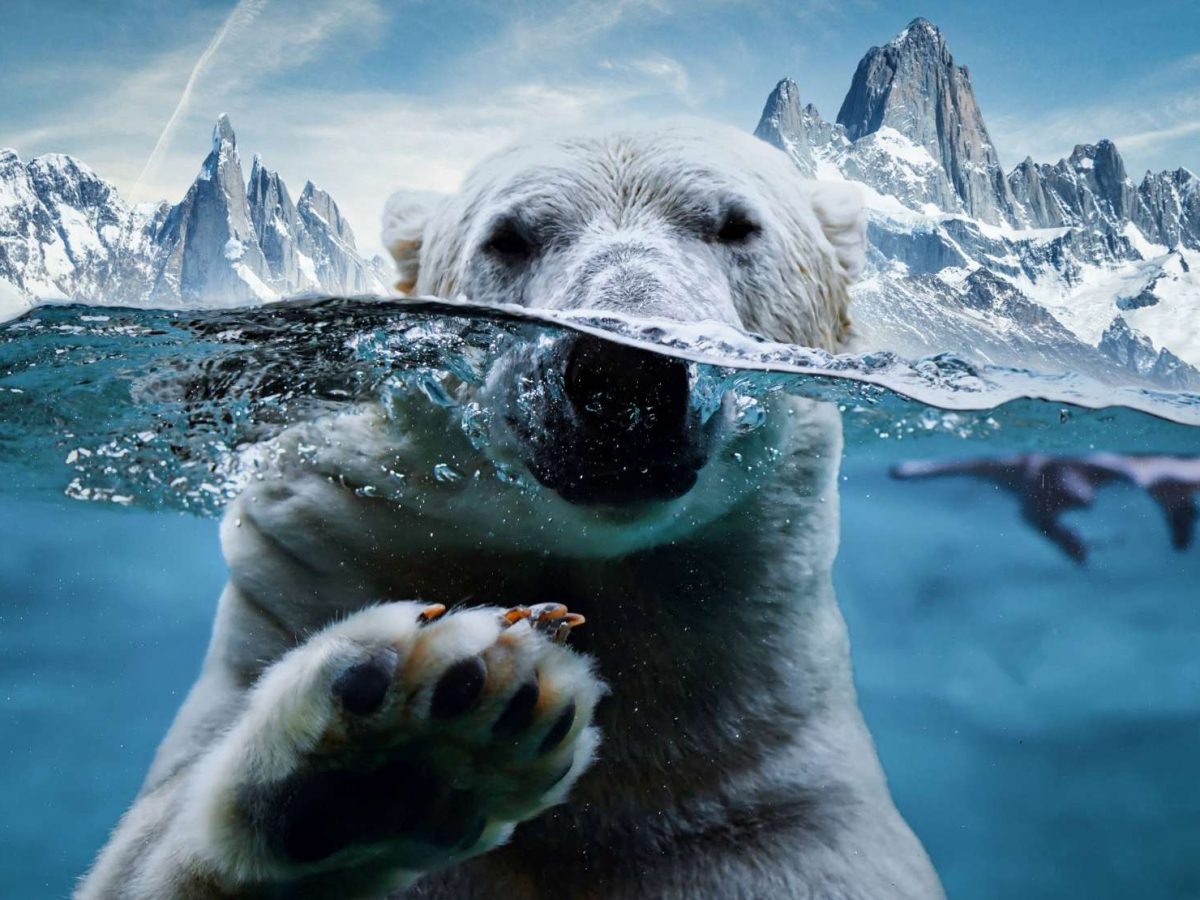When it comes to powerful swimmers, our thoughts often drift to dolphins gliding effortlessly through the sea or penguins darting beneath Antarctic ice. While fish dominate the oceans, many land and air-dwelling animals have also developed remarkable aquatic abilities. But among these non-fish contenders, which truly excels in the water?
Let’s explore some of nature’s most impressive animal swimmers that live outside the world of fish.
1. Dolphin – The Speedy Marine Acrobat
In the realm of aquatic mammals, the dolphin easily stands out. Known for their intelligence and sleek agility, dolphins can reach swimming speeds of around 20 to 25 miles per hour (32–40 km/h). Their streamlined bodies and advanced social behavior make them some of the most efficient marine predators.
Dolphins breathe air but can stay submerged for several minutes, and they use echolocation to detect prey and navigate with incredible precision underwater.
2. Elephant – Giant Swimmer of the Savannah
It may surprise many, but elephants are excellent swimmers. These massive land animals can travel long distances in water and use their trunks as snorkels to breathe while submerged. Some elephants have even been observed swimming more than 30 miles (50 km) without stopping.
Their natural buoyancy and powerful limbs allow them to float and move with surprising ease through lakes and rivers.
3. Polar Bear – The Arctic’s Strongest Swimmer
Designed for life in frigid waters, polar bears are built for endurance swimming. Using their powerful front paws as paddles, they can swim for hours at a time in search of sea ice or prey. In fact, some have been tracked swimming over 60 miles (100 km) without rest.
Their dense fur and thick layer of blubber insulate them from freezing temperatures, helping them thrive in some of Earth’s harshest climates.
4. Emperor Penguin – Underwater Bird on a Mission
Although flightless in the air, emperor penguins are fast and agile beneath the surface. Their flipper-like wings allow them to propel themselves through icy waters at speeds of up to 9 miles per hour (14 km/h). These penguins are also known for their remarkable diving abilities, plunging over 1,500 feet (450 meters) deep and staying submerged for more than 20 minutes.
Their aquatic skills are key to their survival in the harsh Antarctic environment, where they hunt for fish and dodge underwater predators.
5. Sea Otter – The Playful Marine Specialist
Small yet remarkably skilled, sea otters spend most of their lives in the water. They are excellent swimmers, navigating coastal areas using webbed feet and strong tails. Sea otters often float on their backs while eating, grooming, or resting — sometimes wrapping themselves in kelp to stay anchored.
Their thick fur provides essential insulation, compensating for the lack of blubber seen in other marine mammals.
6. Hippopotamus – The Amphibious Heavyweight
While not traditional swimmers in the usual sense, hippos are well-adapted to aquatic life. They spend much of their time submerged in water to stay cool, walking or bouncing along riverbeds rather than swimming. Though they don’t swim by floating, their ability to move underwater is impressive, and they can hold their breath for up to five minutes.
Their natural buoyancy and strength allow them to navigate water with surprising grace given their large size.
Who’s the Best? It Depends on the Challenge
When it comes to crowning the ultimate non-fish swimmer, it really depends on the criteria:
- For speed and intelligence: Dolphins
- For endurance and cold resistance: Polar bears
- For deep dives: Emperor penguins
- For buoyant long-distance travel: Elephants
- For agility and versatility: Sea otters
Each animal is uniquely adapted to its environment, and their swimming abilities are a reflection of those needs. While dolphins might be the most well-rounded swimmers, every animal on this list deserves recognition for its remarkable aquatic skills.

Tinggalkan Balasan